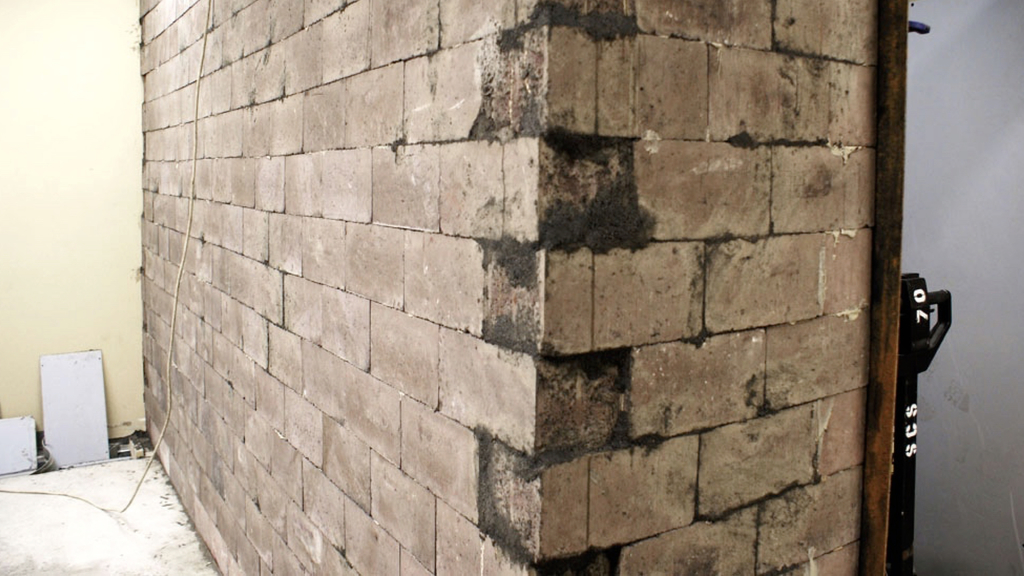- in Acoustics , Production by Bobby Owsinski
Are We On The Cusp Of A Sound Isolation Breakthrough?

Thanks to a book that I wrote and video of a presentation that I did up at Nimbus Recording School in Vancouver, I get a lot of questions about studio building. While I’m not a studio designer and would never claim to be, I understand the basic principles of how isolation and acoustic treatment work and have been pretty successful in making an average room sound pretty good just by using some acoustic fundamentals that are fairly easy to grasp.
That said, one question that I always get is, “How can I stop bothering my neighbors when my band plays?” or the variation, “How can I stop bugging my neighbors when I have to turn the level up when I’m mixing.” Another less frequent question in the same vein is, “How can I stop my neighbors (or noises from the street) from bugging me when I’m recording or mixing?”
The Truth About Isolation
At this point I have to break the bad news that, while acoustic treatment can be fairly effective and even inexpensive, isolation comes at a high cost that normally is beyond the realm of possibility to the people asking the question.

Up until now, isolation was dependent upon the fact that a mass like concrete blocks or reinforced walls coupled with an airspace in between was what stoped the motion of the air molecules from getting through. That mass was expensive in terms of materials and labor, and coupled with the required airspace, decreased the total usable studio or control room footage by so much as to be impractical. Of course that’s not even considering the floor and ceiling, which are an entire other can of works.
Then you have to seal the room up pretty well with Green Glue, acoustic putty and a specialized caulk, and now you have a air and water-tight space where people drop over from lack of air in about 30 minutes. That means you’re forced to employ an expensive HVAC system complete with special air baffles and ducting to keep the noise of the airflow down. Is it any wonder that commercial studios cost so much to build? And that’s even before we get into the acoustic treatment.
Acoustic Metamaterial?
But a couple paragraphs back I made the statement “Up until now..” because there’s been a new breakthrough that might (that’s the operative word here) change all things isolation down the road.
Some clever researchers from Boston University have discovered a new material coupled with a new shape that is proving to be quite effective in the lab. Called an “acoustic metamaterial,” the shape was designed in such a way that it cancel up to 94 percent of sound by reflecting certain frequencies back to their source.
The 3D printed material reflects the air disturbances that cause sound rather than capturing them and turning them to heat as what currently happens in the brute force mass-oriented isolation that we now use.
Is It Invisible?
Okay, so far so good – but here’s a feature that has designers and acousticians alike so excited. The material would be able to block sound waves without blocking air or light. That means theoretically you could put a coat of acoustic metamaterial on the walls of your studio and over your windows and increase your isolation (of course, the floor, ceiling and doors provide other problems, but one step at a time) without causing much harm or affecting the resale value.
But Don’t Get So Excited
Now a new acoustic breakthrough seems to come around every 6 months or so and very few actually make it to market. One of the big problems is the frequency response of the product is usually very limited, so if it doesn’t actually work on the frequencies below 500Hz (especially below 100Hz), we’re not going to be able to use it for room isolation and get the results that we expect.
There’s no data on the frequency response characteristics of acoustic metamaterial yet, but you can get a pretty good idea of how effective it is in the video below. And if you want to actually read the paper the researchers published, you can find that here.
Remember though, that what looks good in the lab doesn’t necessarily transfer to real life, but this could be a breakthrough if it does.
Sorry, but comments have been disabled due to the enormous amount of spam received. Please leave a comment on the social media post related to this topic instead.

